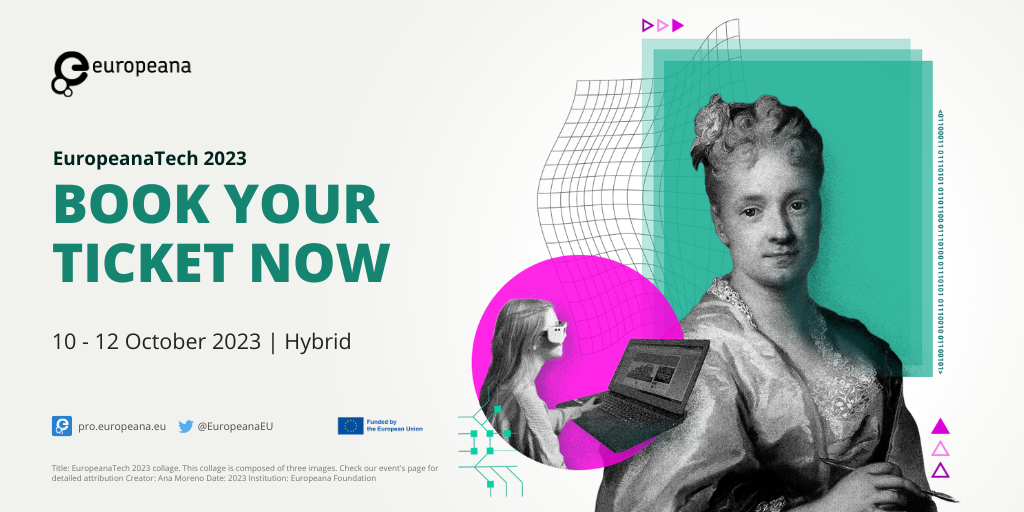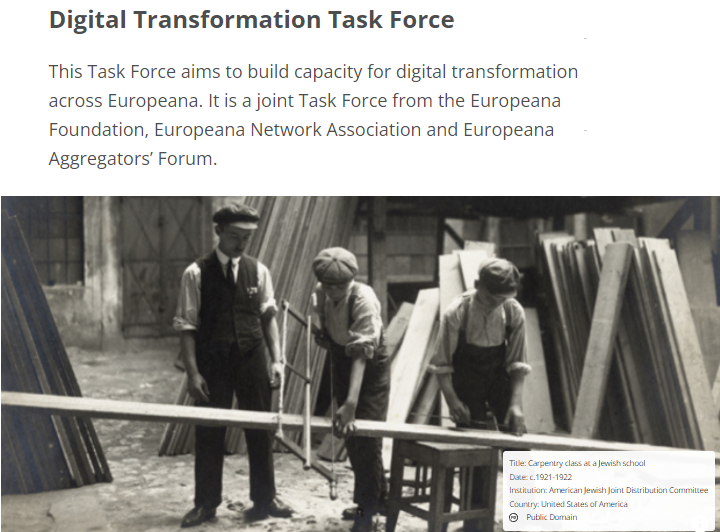In 2010 I stumbled upon a nice topic for a documentary film or so I thought – Janine Prins writes. Now, four years later, the original plan has developed into a research project using digital technology and design thinking. Together with Dutch-based partners Waag Society and Rijksmuseum Volkenkunde it became embedded in a larger consortium under the acronym RICHES. Let’s go back to where it all began…

Photo: Janine Prins 2014
When on holiday in Marrakech I visited Museum Tiskiwin and found that some Dutch students were to arrive for an internship, to investigate the Amazigh components of their multicultural backgrounds. Born in the Netherlands, from Moroccan descent, they wanted to – literally – get in touch with the world their parents grew up in. They felt part of that world, albeit too ephemeral: it had dropped out of sight due to migration. I returned during the internships, with a camera, and made sure to be filming when the mother of one of the students also came over to visit. She was invited to tell her daughter about some of the objects on display. At once, she shed many years. The objects in turn also came alive, like in the room where a tent is exhibited: the old lady immediately sat down and stirred in a bowl as if she was preparing couscous. Her body automatically remembered the accompanying movement. Latifa took a picture of her mother. Why did Latifa choose this moment to freeze? I still need to ask.
In any case it is a moment in time when cultural heritage is transmitted, elicited by material objects: stuff that disappeared from view due to migration but has fortunately been collected. Many families, including mine, are not so lucky and need to find other ways to fill various gaps in our heritages. Few of us inhabit the same world our parents lived in, but migration creates a bigger divide in time, space, and culture. Not everything will be gone: intangible heritage such as food, customs and values travel with us, although in another place they are surrounded by different heritages. Many migrants end up as ‘minority’ elsewhere.
Janine goes on, reflecting upon the condition of new generations lacking a continuity bond with their origins. The place they live in expect assimilation rather than mutual integration and their generation gap actually deepens. Part of their personal past risks remaining unknown or denied and this seems to be an important cause of chronic stress, cause in turn of psychotic disturbances. The problem can be defined as a lack of cultural self-recognition or self-identity.
Museums and museum curators can help young people to get in touch with their cultural heritage, but they surely should do more than preserve objects in glass cases. How? How can museums become more engaging and participatory?
New (media) technology and theory may come in handy, especially when combined with participatory approaches – Janine observes. Digitalisation can improve accessibility and interactive platforms (of whatever kind) can facilitate so-called third spaces or ‘living labs’. Museums may become fertile grounds for “experience curators”. In such carefully designed spaces and processes, both relative newcomers and more settled inhabitants might enter into different intercultural dialogues than they usually do.
Such are the direction explored in the RICHES project, which among its activities includes three upcoming sessions, called co-creation sessions, being held in the Netherlands in the period end of September – mid-November 2014. Such co-creation sessions aim to demonstrate how heritage professionals and users can work in strict, mutual cooperation, with the last ones becoming producers, besides consumers, of cultural contents.
This time – Janine observes – I won’t be the film director deciding who and what is being portrayed and presented to an audience. Apart from observing as a researcher at meta-level, I will at best become a fellow moderator of designed processes in close collaboration with the intended visitors. This method will be new to me and is described as users-as-designers. Will my role as a visual anthropologist change and if so, how? Will creative methods add something to the existing toolkit of anthropology? We are about to find out: let the co-creation sessions of the RICHES project begin…
Read Janine Prin’s article and visit WAAG’s blog!
 RICHES on Twitter: #richesEU
RICHES on Twitter: #richesEU
RICHES on YouTube. www.youtube.com/richesEU






















